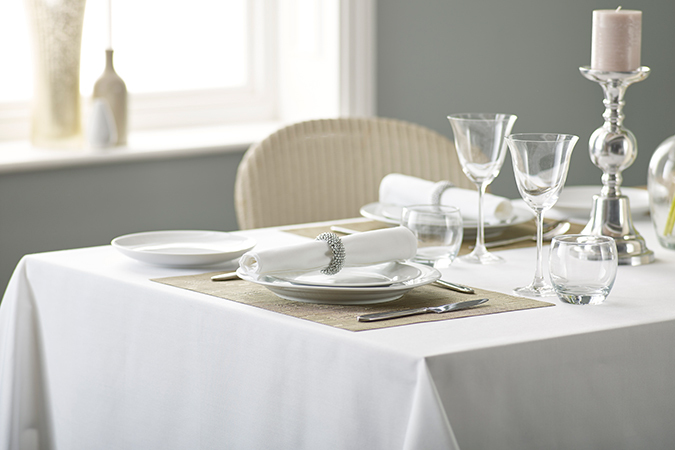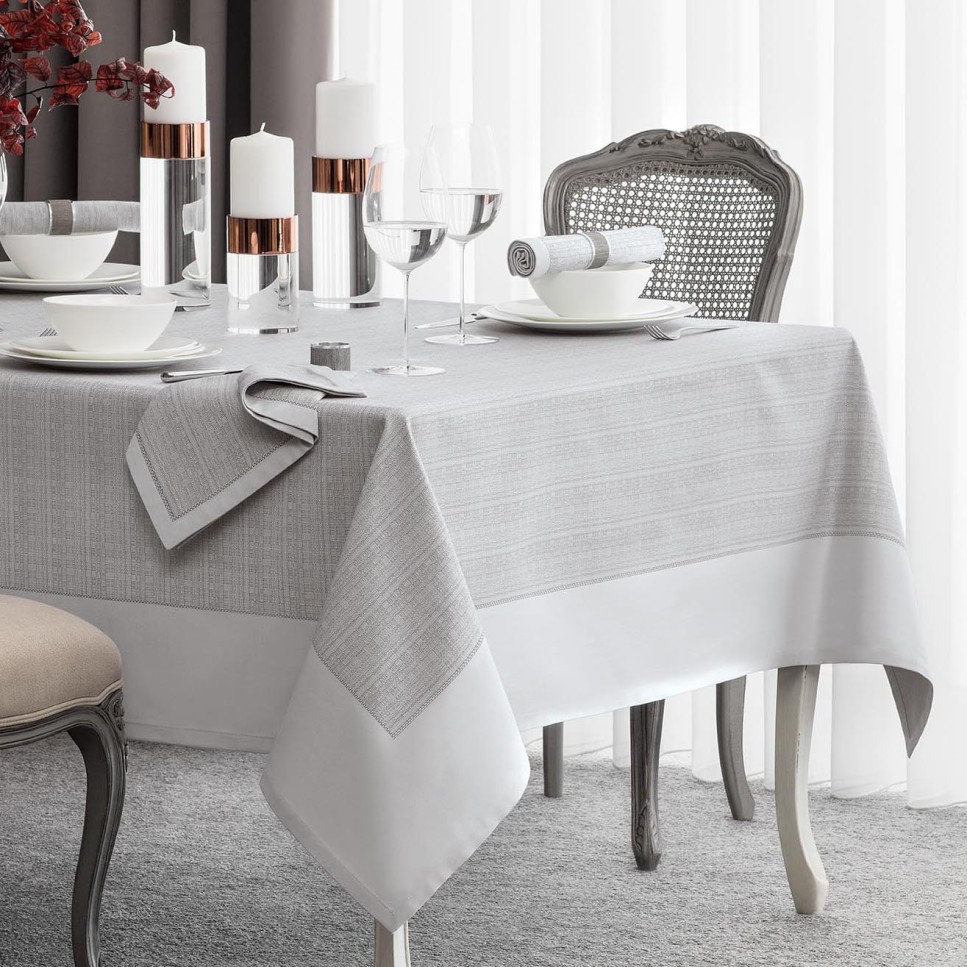Bed Linen Textile Advancements: Exploring Modern Trends and Creative Applications in Layout and Fabric Industry
From lasting production methods to cutting-edge weaving innovations, the development of linen is reshaping the landscape of the fabric industry. As we dive right into the realms of creative layout applications and the introduction of linen blends and crossbreed textiles, a new chapter unfolds in which bed linen's function in future fabric innovations takes facility stage.
Lasting Practices in Bed Linen Production
Lasting techniques in linen manufacturing have become increasingly crucial in the fabric market's efforts to reduce ecological effect and advertise honest sourcing methods. Bed linen, a natural fiber acquired from the flax plant, supplies a series of benefits such as breathability, durability, and biodegradability. However, conventional methods of linen manufacturing can involve considerable water consumption, pesticide usage, and energy-intensive processes.
To attend to these challenges, several textile makers are taking on sustainable methods throughout the bed linen production process. This consists of sourcing flax from organic farms that stay clear of harmful pesticides and chemicals, applying water-efficient retting techniques to extract fibers from the flax stalks, and using environmentally friendly dyes and surfaces. Additionally, some firms are buying eco-friendly power resources to power their production facilities and reducing waste with recycling and upcycling initiatives.
Technical Advancements in Bed Linen Weaving
With the expanding focus on sustainable practices in linen manufacturing, the textile sector is currently observing a rise in technical innovations especially aimed at transforming the art of bed linen weaving. These technologies are reshaping the way linen fabrics are produced, providing enhanced efficiency, high quality, and imagination in weaving methods.
One of the essential technological developments in linen weaving is the integration of computerized looms. These advanced looms are equipped with software that allows for complicated and elaborate designs to be woven with accuracy. By digitizing the weaving procedure, suppliers can accomplish better consistency and precision in their bed linen materials.
Moreover, innovations in yarn spinning technology have enabled the production of finer and even more long lasting bed linen threads - table cloths. This causes softer and smoother linen fabrics that keep their quality also after multiple uses and cleans
In addition, the advancement of environmentally friendly dyeing processes and coatings for linen fabrics is obtaining traction. These sustainable techniques not only lower the environmental impact yet likewise cater to the boosting consumer need for ethically generated textiles.
Creative Layout Applications for Linen
Cutting-edge artistic techniques are significantly shaping the imaginative design applications for linen in the textile market. Bed linen's all-natural aesthetic appeal and capability to mix with various other fabrics make it a preferred selection for developing unique garments and accessories that cater to the ecologically mindful customer.
Furthermore, developers are explore bed linen in home decor, utilizing its breathable and resilient nature to craft elegant home furnishings such as drapes, bedding, and furniture. The texture and drape of linen bring a sense of class my blog and comfort to interior areas, including a touch of beauty to contemporary homes.

Linen Blends and Hybrid Fabrics

Hybrid textiles, on the other hand, take the concept of mixing a step better by incorporating added aspects such as metallic strings, recycled materials, or conductive fibers. These cutting-edge textiles not just broaden the layout opportunities but likewise introduce useful aspects like conductivity, antimicrobial residential or commercial properties, or boosted sturdiness. Hybrid materials are increasingly being used in various markets, consisting of fashion, indoor design, and technical fabrics, where the demand for multifunctional products gets on the increase.
Bed linen's Role in Future Fabric Innovations

In the world of view publisher site future fabric innovations, linen is expected to be a principal in the development of sophisticated practical textiles. Designers and researchers are exploring methods to improve bed linen's inherent qualities through technological improvements, such as including clever fabrics, nanotechnology, and efficiency coatings. These innovations aim to elevate linen's performance qualities, making it appropriate for a wider variety of applications, from activewear to safety clothing.
In addition, the mix of linen with various other all-natural or artificial fibers opens up endless possibilities for creating unique fabrics with one-of-a-kind homes and performances. By leveraging linen's attributes and exploring innovative blends, the fabric sector is positioned to introduce exciting growths that deal with progressing consumer needs and sustainability requirements.
Verdict
Finally, the exploration of sustainable methods, technical innovations, innovative style applications, linen blends, and its duty in future textile innovations highlight the continual development of linen textile in the contemporary design and fabric market. With a concentrate on technology and imagination, the adaptability and environmentally friendly nature of linen make it a beneficial product for producers and designers alike, leading the way for more advancements and advancements in the area of textiles.
As we delve right into the worlds of innovative layout applications and the appearance of bed linen blends and crossbreed fabrics, a brand-new phase unfolds in which bed linen's role in future fabric innovations takes facility phase.
Discovering the fusion of bed linen with other textiles has led to the appearance of innovative blends and hybrid fabrics in the contemporary textile sector. Linen blends provide an unique combination of the attributes of bed linen with those of other fibers, resulting in materials that have boosted buildings such as raised toughness, improved draping, and lowered wrinkling.The evolution of bed linen blends and hybrid materials has established the phase for Linen to play a critical duty in driving future fabric developments.In the world of future textile innovations, bed linen is anticipated to be a vital gamer in imp source the growth of innovative functional fabrics.